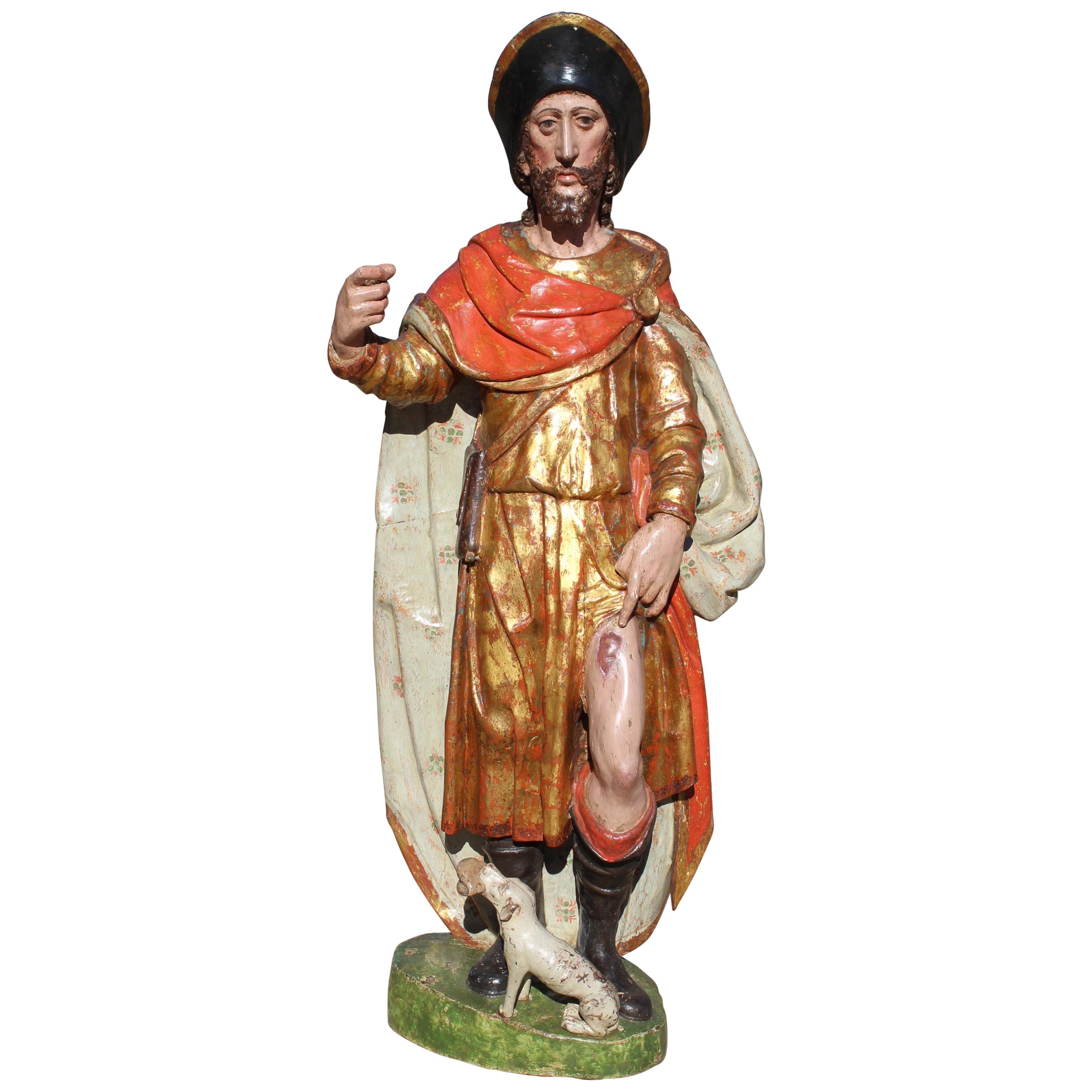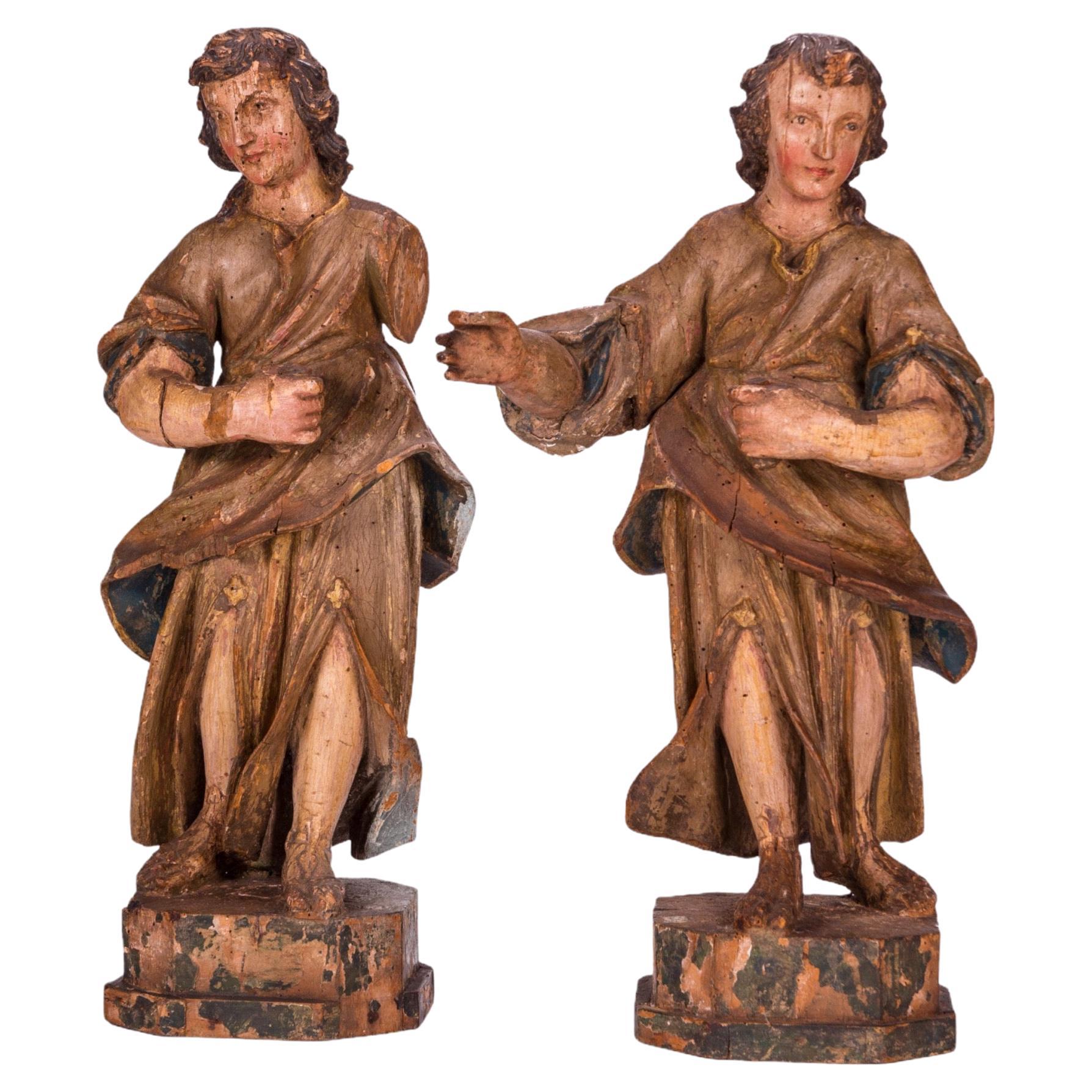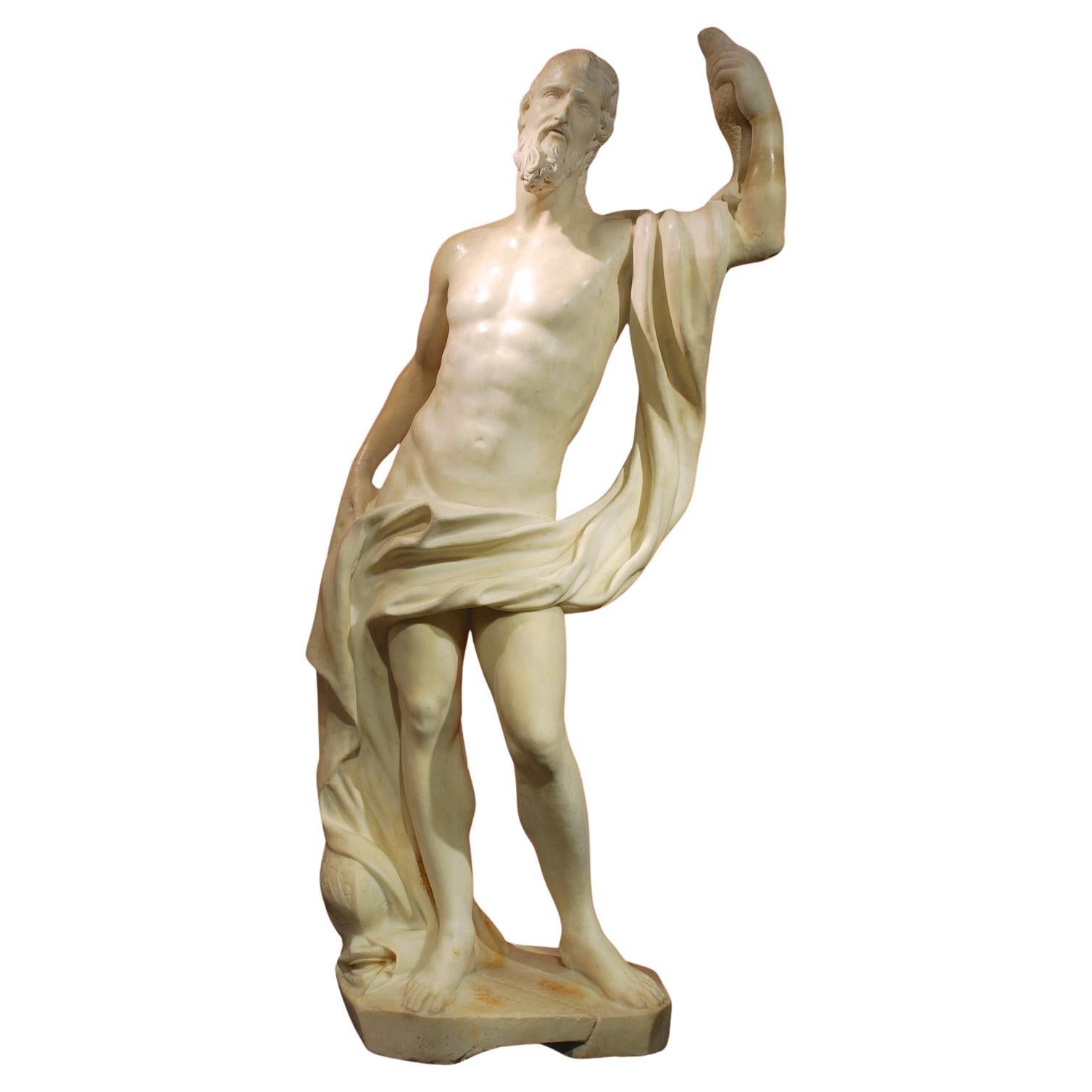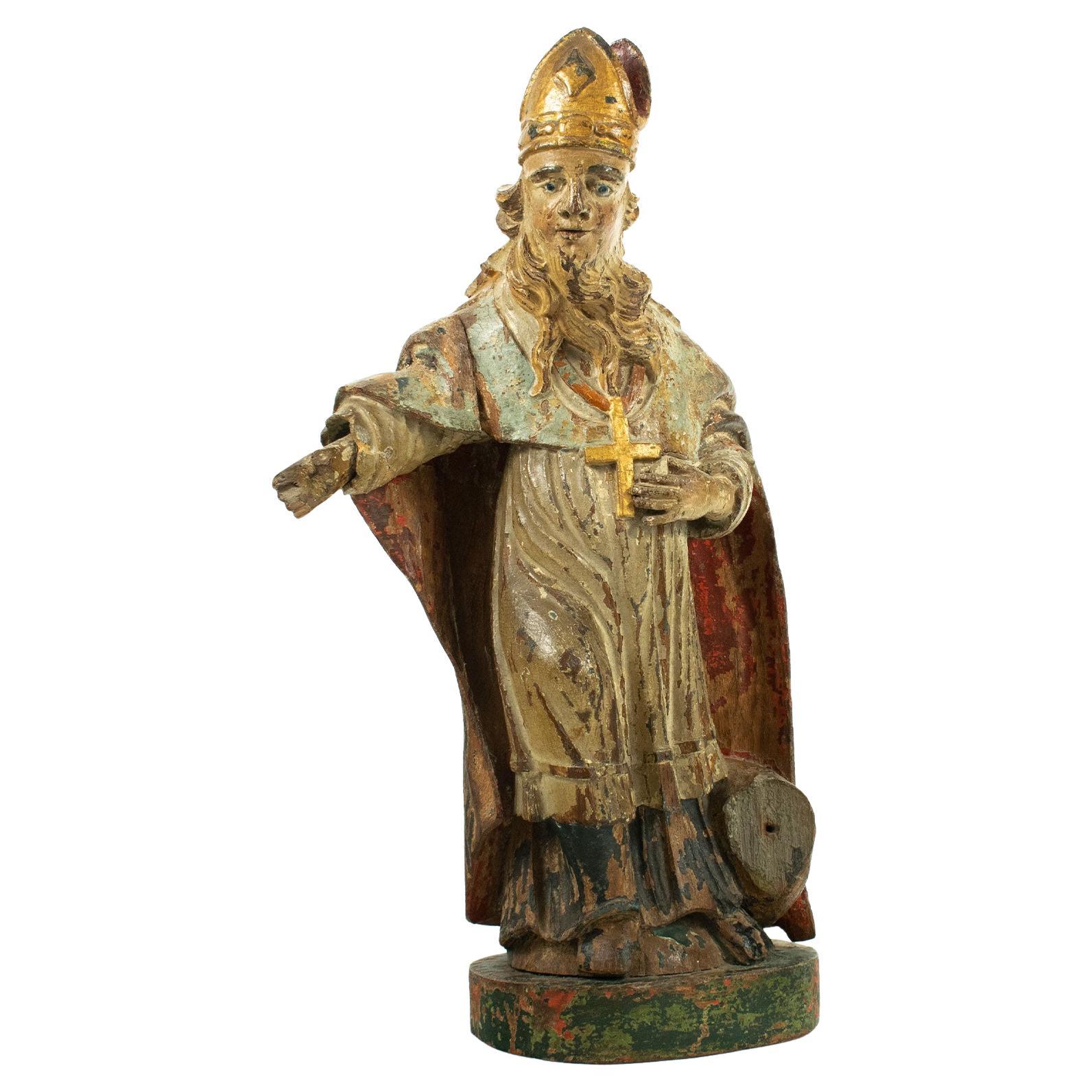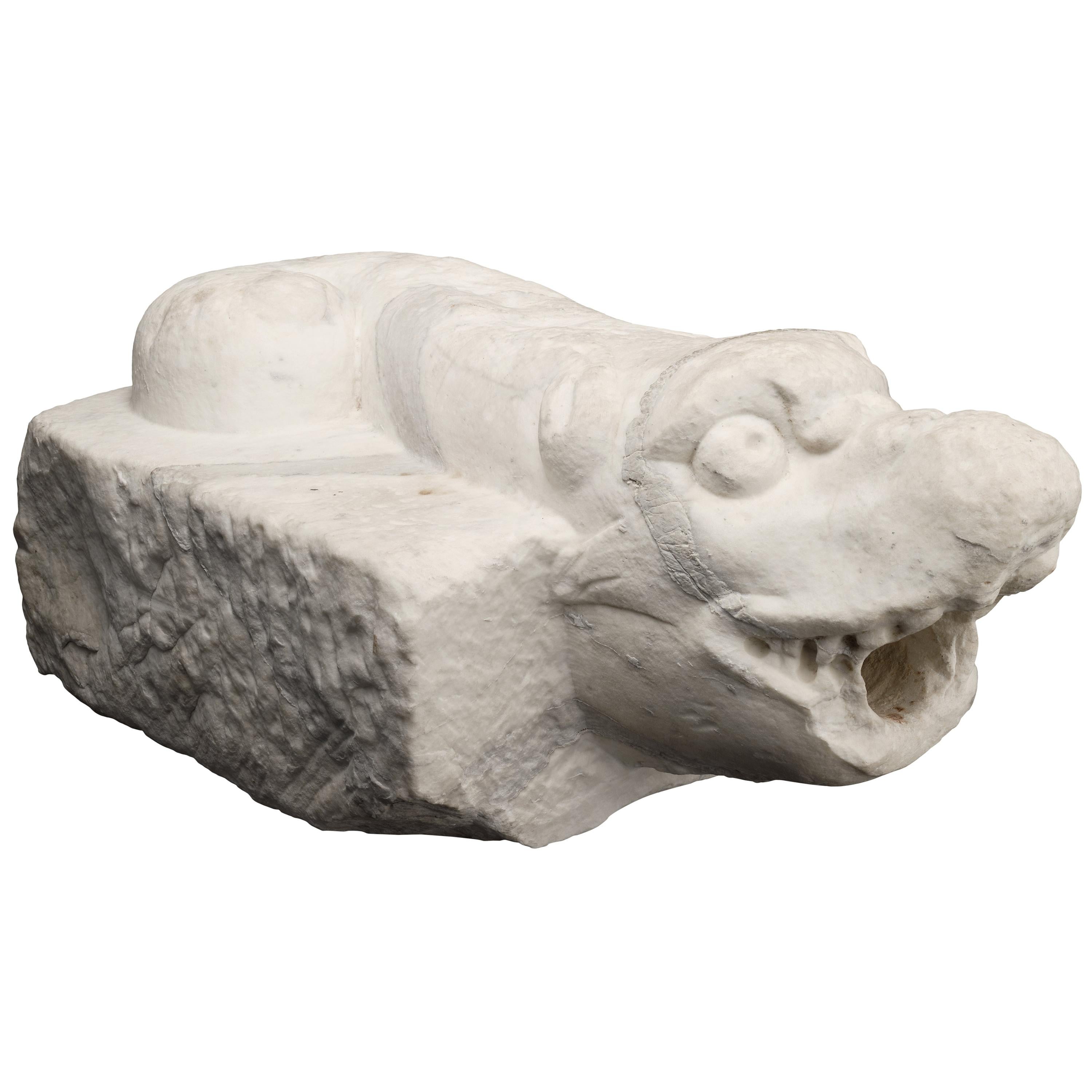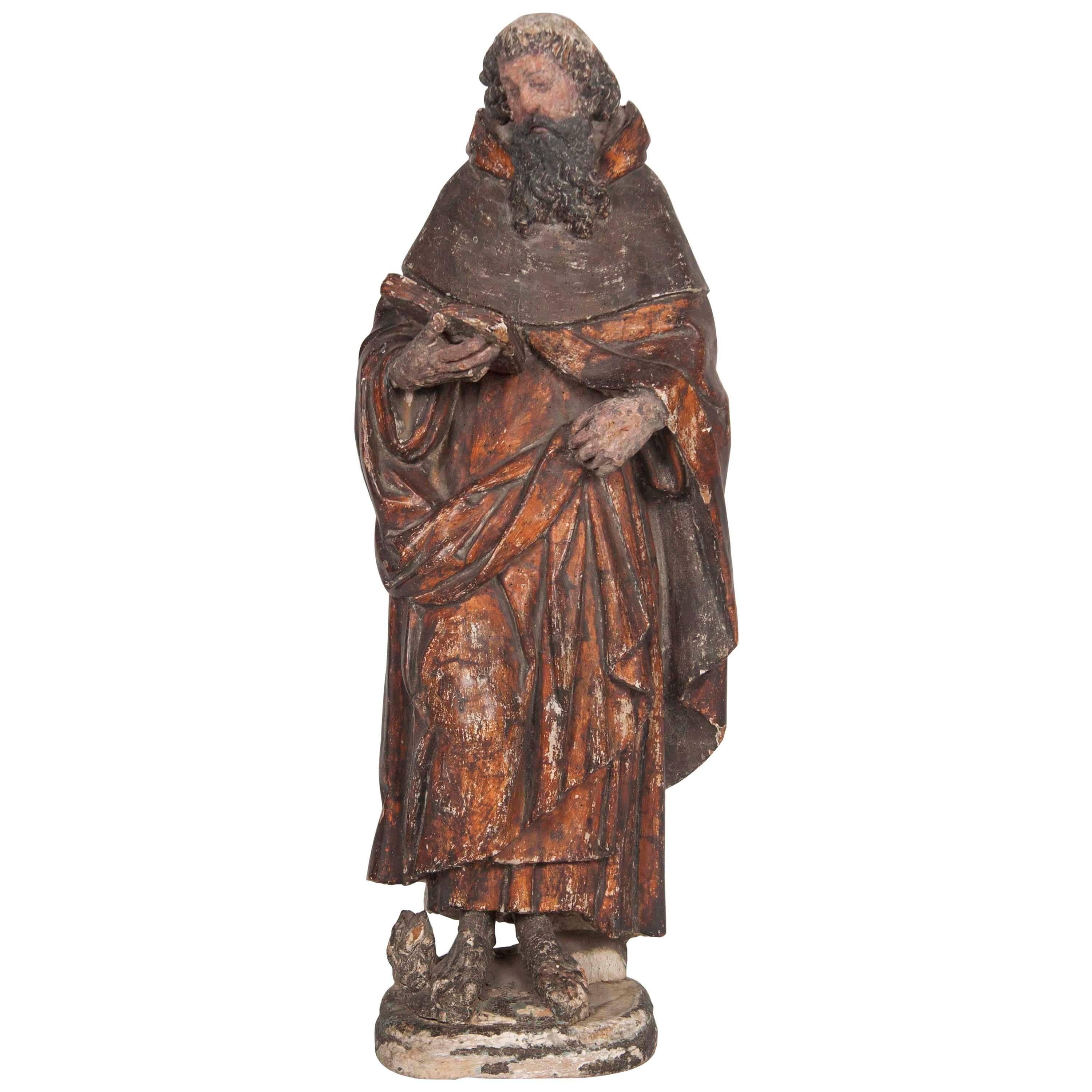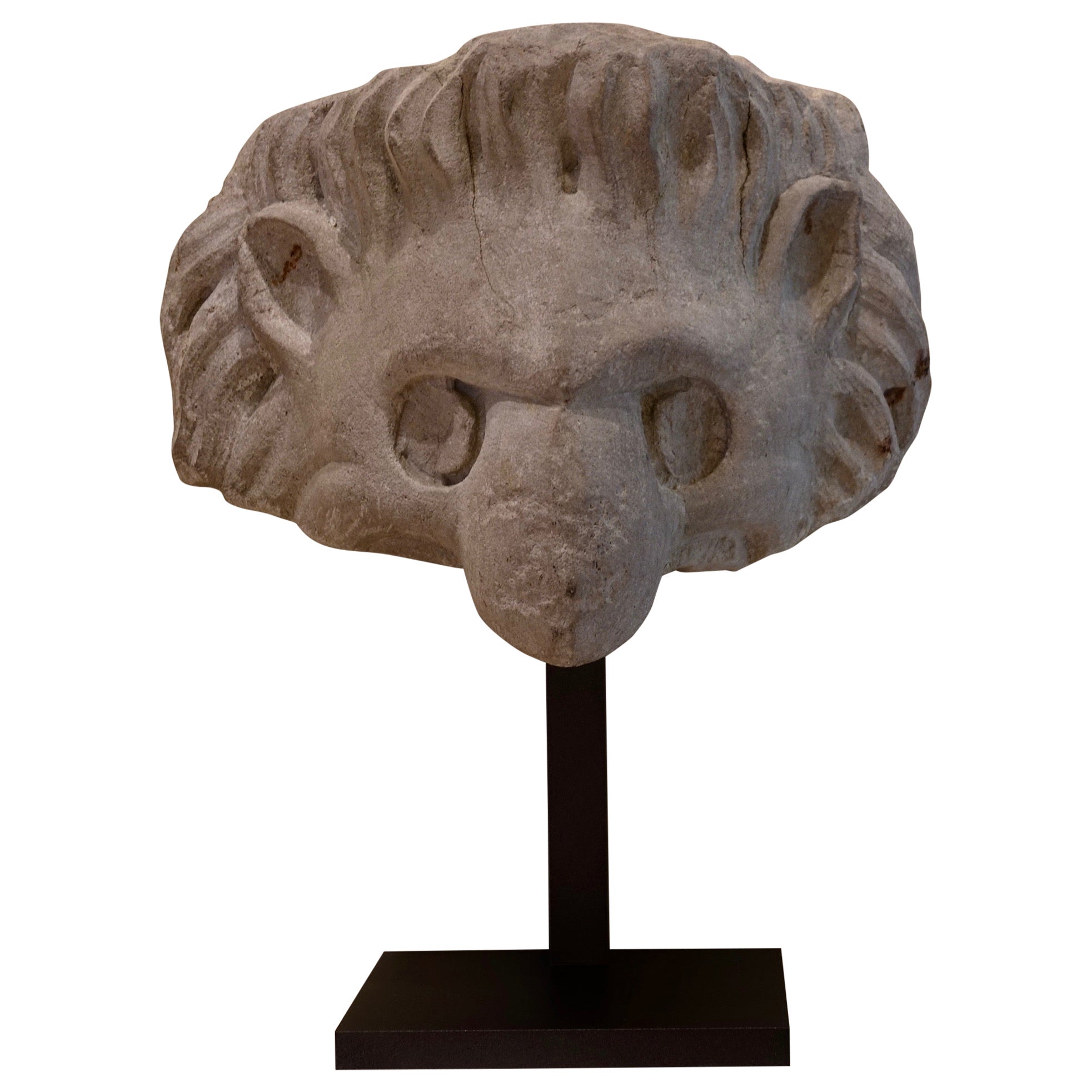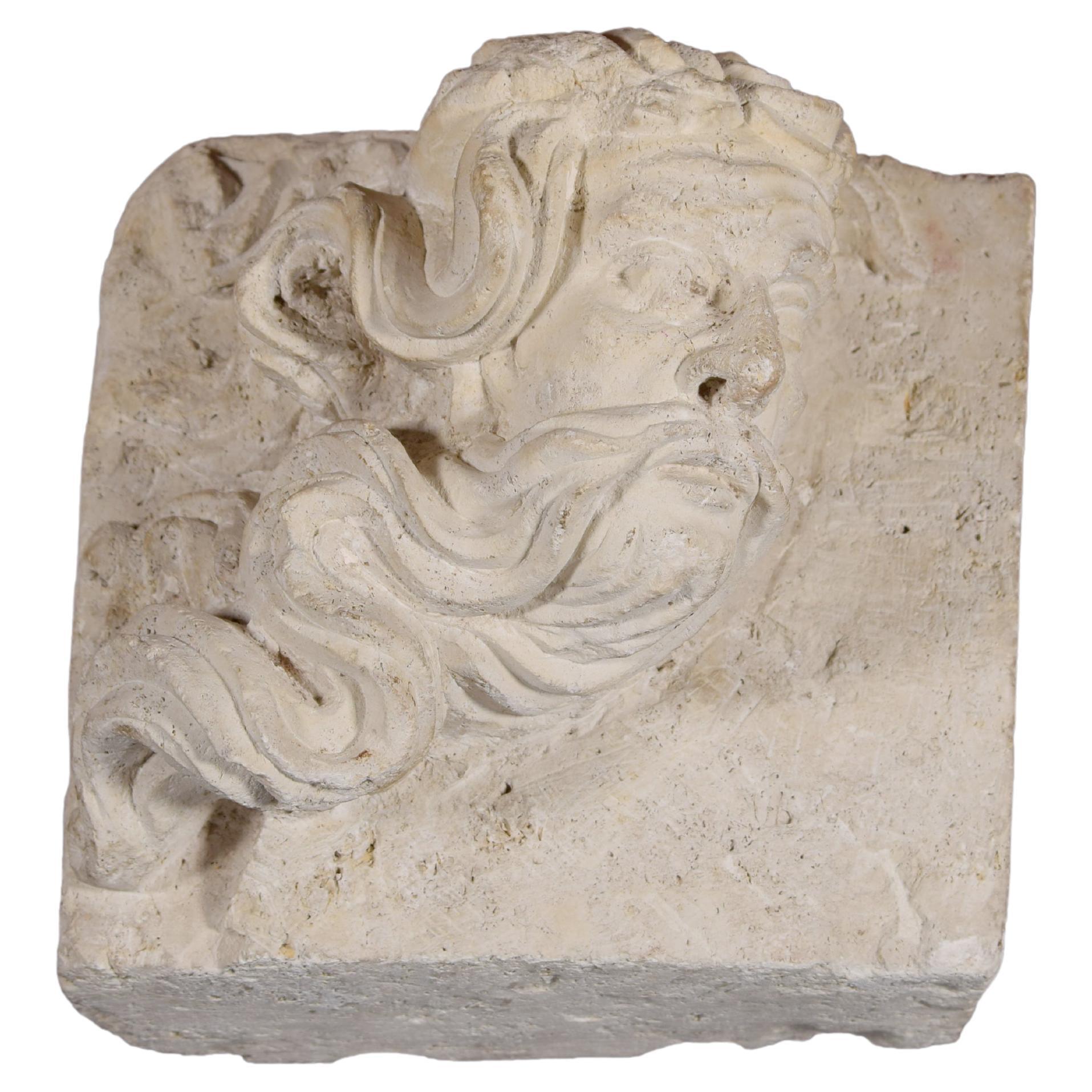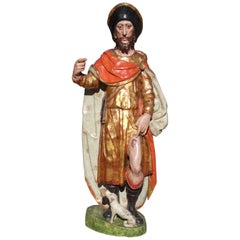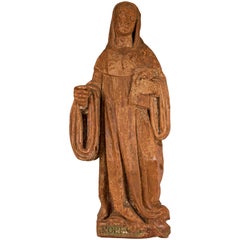
Italian Carved Painted Sculpture, Saint, Italy, 16th Century, Gilded
View Similar Items
1 of 18
Italian Carved Painted Sculpture, Saint, Italy, 16th Century, Gilded
About the Item
- Dimensions:Height: 44.1 in (112 cm)Width: 21.26 in (54 cm)Depth: 11.82 in (30 cm)
- Style:Renaissance (Of the Period)
- Materials and Techniques:
- Place of Origin:
- Period:
- Date of Manufacture:circa 1580
- Condition:Refinished. Wear consistent with age and use. Minor losses. Please note that any damage or breakage of the antiques in our collection will be restored at the time of sale upon request.
- Seller Location:Varmo, IT
- Reference Number:1stDibs: LU3717322456952
You May Also Like
- 16th Century Spanish Gilded Painted Wood Sculpture of Saint RochLocated in Marbella, ES16th century Castilian gold-leaf gilded painted wood sculpture of Saint Roch, where the quality shows in the exceptional realistic skin tone. He is represen...Category
Antique 16th Century Spanish Figurative Sculptures
MaterialsWood
- Angelic Carved Wood Sculptures, 16th CenturyLocated in North Miami, FLPair of 16th Century Italian carved polychromed angelic sculptures.Category
Antique 16th Century Italian Renaissance Figurative Sculptures
MaterialsGold Leaf
$9,375 Sale Price / set25% Off - A 16th century carved marble sculpture of poseidonLocated in London, GBThis fine and imposing sculpture is an excellent example of 16th century Italian craftsmanship. The figure is stood on a raised, shaped rectangular base with a carved "dolphin" at th...Category
Antique 16th Century Italian Renaissance Figurative Sculptures
MaterialsMarble
- 16th century Italian carved wooden polychromed statue of Saint FrancisLocated in TEYJAT, FRA wonderful original piece of the Renaissance Period - a carved wooden polychromed figure / statue of Saint Francis. This piece was found in France but most probably originated in 1...Category
Antique 16th Century Italian Renaissance Figurative Sculptures
MaterialsPetrified Wood
$2,652 Sale Price29% Off - Misericord. Carved wood. 16th century.Located in Madrid, ESChoir Mercy. Carved wood. Century XVI. Carved wooden Misericordia that surely belonged to a choir stall (see the upper flat part, which acts as a seat), decorated with a figurative ...Category
Antique 16th Century European Renaissance Figurative Sculptures
MaterialsOther
- Italian Ancient Marble Sculpture Fountain, Late 16th CenturyLocated in Milano, ITSea monster Carrara marble mouth fountain Italy, late 16th century It measures 13.8 x 31.5 x 18.9 in (35 x 80 x 48 cm) State of conservation: some small evident gaps and widespread signs of wear due to outdoor exposure. The gray marks crossing it do not come from restoration, but are rather the natural veins of the marble. This work has some morphological characteristics typically associated with the iconography of the sea monster: an elongated muzzle, sharp teeth, protruding eyes, elongated ears, and a coiled serpent's tail. An in-depth series of studies on artistic depictions of the sea monster attempted to verify how this symbol evolved in antiquity in the European and Mediterranean contexts and how it gradually changed its image and function over time. The iconography itself is mutable and imaginative and its history is rich with cultural and artistic exchange, as well as the overlapping of ideas. This occurred so much that it is difficult to accurately pinpoint the "types" that satisfactorily represent its various developments. However, we can try to summarize the main figures, starting from the biblical Leviathan and the marine creature that swallowed Jonah (in the Christian version, this figure was to become a whale or a "big fish", the “ketos mega”, translation of the Hebrew “dag gadol”). Other specimens ranged from the dragons mentioned in the Iliad (which were winged and had legs) to "ketos” (also from Greek mythology), the terrifying being from whose Latinized name (“cetus”) derives the word "cetacean". See J. Boardman, “Very Like a Whale” - Classical Sea Monsters, in Monsters and Demons in the Ancient and Medieval Worlds, in Papers presented in Honor of Edith Porada, Mainz am Rhein 1987, pp. 73-84). In Italy the monster underwent yet further variations: it can be found in Etruscan art on the front of some sarcophagi representing the companion of souls, while among the Romans we find the “Pistrice” (cited by Plinio in Naturalis Historia PLIN., Nat., II 9, 8 and by Virgilio in Eneide: VERG., Aen., III, 427), which appeared in the shape of a stylized hippocampus or a very large monstrous cetacean and evolved into a hideous being with a dragon's head and long webbed fins. During the Middle Ages, the sea monster was the object of new transformations: at this time, it is often winged, the head is stretched like a crocodile, the front legs are often very sharp fins - sometimes real paws - until the image merges with dragons, the typical figures of medieval visionary spirituality widely found throughout Europe (on this topic and much more, see: Baltrušaitis, J., Il Medioevo fantastico. Antichità ed esotismi nell’arte gotica, Gli Adelphi 1997). In Italy during the 15th and 16th centuries, the revival of classicism - representative of the humanistic and Renaissance periods - led to a different reading of these "creatures". Indeed, the sea monster was also to find widespread use as an isolated decorative motif, especially in numerous fountains and sculptures where dolphins or sea monsters were used as a characterizing element linked to water (on this theme see: Chet Van Duzer, Sea Monsters on Medieval and Renaissance Maps, London, The British library, 2013). From the morphological point of view, the "sea monsters" of this period are mostly depicted as hybrid figures, in which the body of a mythological or real being (a hippocampus, a sea snake, a dolphin), is joined to a head with a rather indistinct appearance. It was usually characterized by large upright ears, an elongated snout, sharp teeth and globular, protruding eyes; a complex and indefinite figure, both from the symbolic point of view and from that of its genesis. The work we are examining is placed as a cross between the medieval sea serpent and the Renaissance dolphin, with stylistic features which recall the snake as often used in heraldry (such as the "snake" depicted in the coat of arms of the Visconti - the lords and then dukes of Milan between 1277 and 1447 - and which, for some, may be derived from the representations of the “Pistrice” that swallowed Jonah). In the search for sources, Renaissance cartography and in particular woodcuts should not be neglected. See for example the monsters of Olaus Magnus, from the editions of the “Historia de gentibus septentrionalibus” (“History of the peoples of the north”) and the natural histories of Conrad Gesner, Ulisse...Category
Antique 16th Century Italian Renaissance Animal Sculptures
MaterialsCarrara Marble
Recently Viewed
View AllMore Ways To Browse
Ancient Rome Statue
Stone Human Artifacts
Venus Marble Sculpture
Statue Flute
Female Antique Statue
Art Deco Dancing Girl
Statue Green Eyes
Bronze Roman Soldier
Ancient Roman Fountain
Le Grange Furniture
Marble Bath Set
Tomb Unknown Soldier
Lansere Bronze
Death Of Achilles Sculpture
Mcm Crucifix
1900 French Bronze Statues
Classical God
Jean Paul Aube
